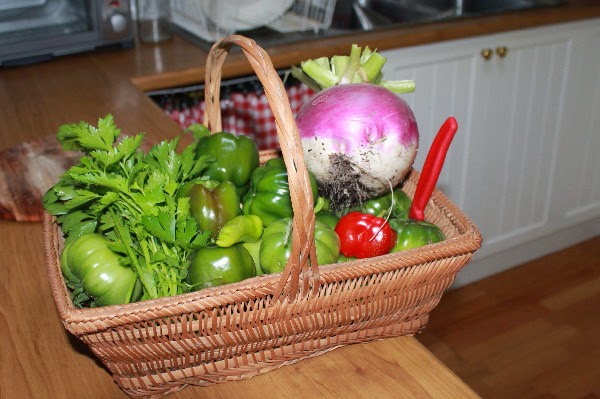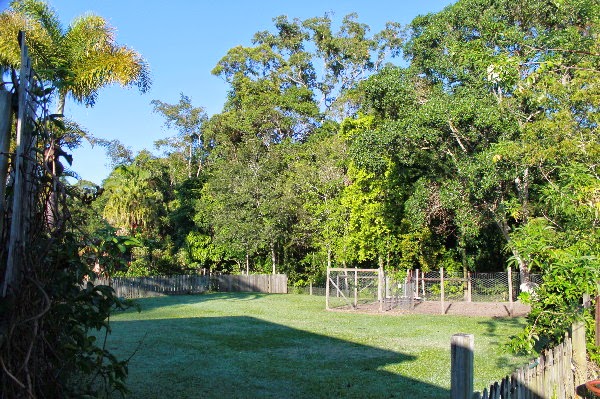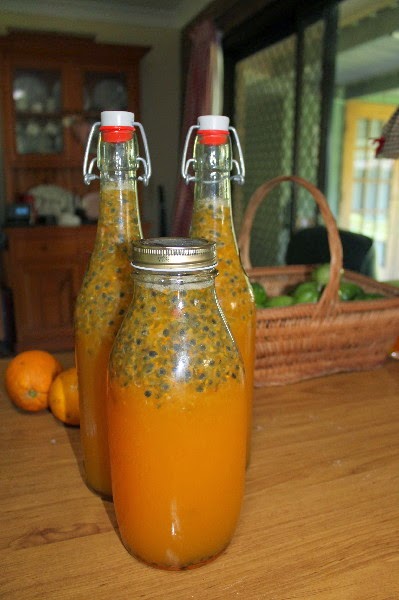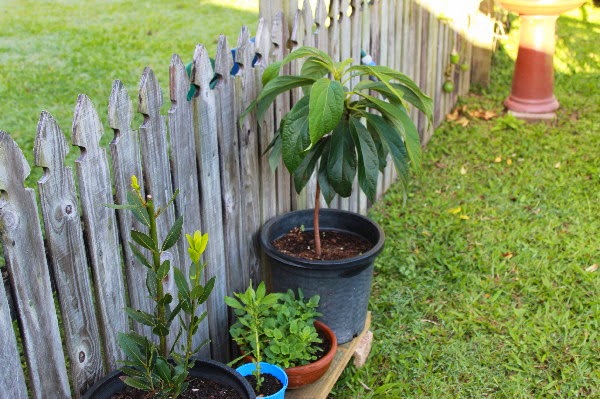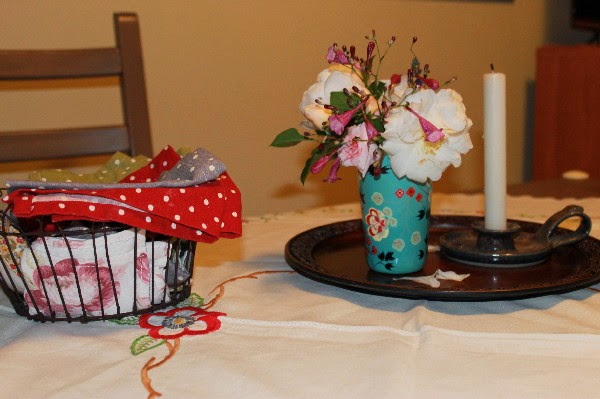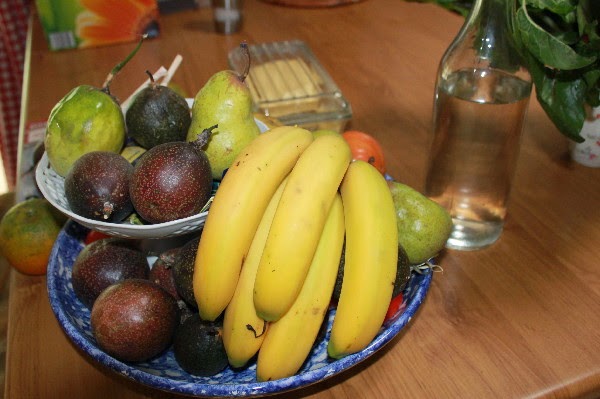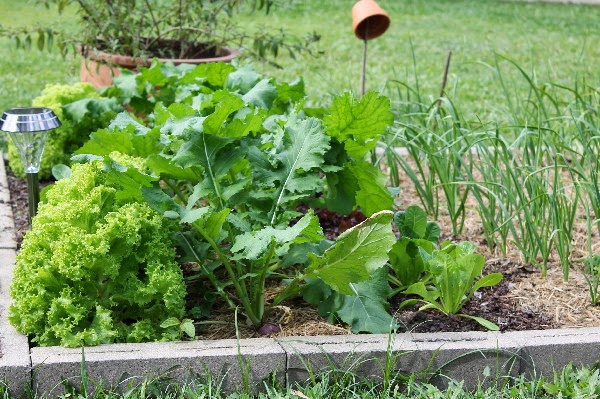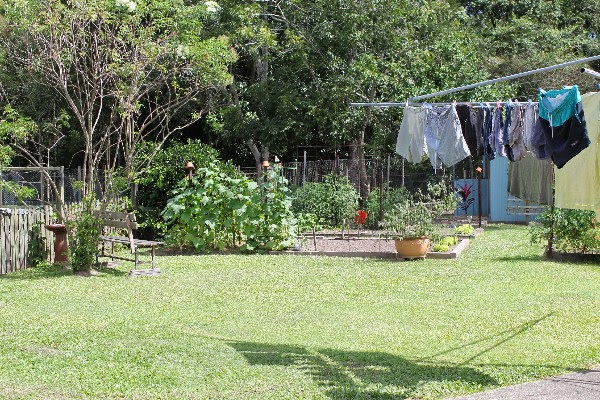Yesterday we discussed menu plans, stockpiling and how to get the best value for money when shopping. I hope you read the comments too because they added a lot to the discussion. Today let's discuss the recipes and meals for our families. If you don't cook, or are are new to it, I encourage you to search online for the nutritional guidelines for your country. We all eat not just for the taste of the food, but because that is how we supply our bodies with the vitamins, fibre, carbohydrates, protein, fat and water we should be ingesting every day. If you're going to start cooking, you need to know the nutritional guidelines as well as a few good recipes. Sometimes a cook book will give you these guidelines, if you've been cooking for a while you'll know them, but at the start, do some research to make sure you're including everything you should.
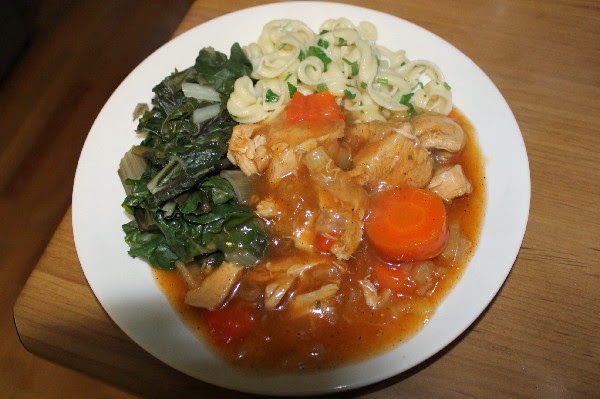
I have a repertoire of about 30 from-scratch meals I can easily cook and these are the meals we eat on a day-to-day basis. I try to vary the type of protein I cook, and we usually eat chicken, pork, vegetable, egg, fish and lamb meals. The only beef we eat is topside mince when I make a meatloaf or meat sauce for pasta. I usually cook enough at one time to eat for two meals - that saves time, energy and washing up. Often we have the second meal on the following night, sometimes I freeze it for the following week. It's a good habit to get into.
Although I don't like encouraging anyone to buy products, I think there are a couple of kitchen appliances that can help with cooking. I do it because I firmly believe that if you set yourself up to cook and it turns out to be good food that's easy to prepare, you'll be more likely to keep cooking from scratch. I recommend a steamer - either bamboo or steel, a slow cooker or a pressure cooker and a bread maker. You can fit a steamer on top of a saucepan in which you're cooking potatoes or a stew, and in the steamer you can have any of your softer vegetables, like spinach, silver beet, peas etc. You'll save on gas or electricity because they both use the same place on the stove and the energy heating the saucepan also generates the steam to cook whatever is in the steamer. A slow cooker is great if you're working or busy in the home all day. You can pack it with your meal in the morning and leave it to cook on low all day. At the end of the day, it's ready to be dished up. A pressure cooker will cook stews, corned beef, soups etc in a very short time and is also a helping hand for the busy cook. A bread maker can be used to bake healthy bread tailored to your family's dietary requirements - no preservatives/sugar/salt, or you can use it to knead the bread and then bake the loaf in the regular oven. And if you want fresh bread for work and school lunches, you can pack the bread maker overnight and wake up to fresh bread first thing in the morning.

Look for some recipe books in the library that have meals you like the look of. If you can find frugal recipes, that's even better. I have two books here - The Austerity Cookbook and The Next-to-Nothing Cookbook, both have a range of healthy and cheap meals. I also am the proud owner of The Thrifty Kitchen which I adore. It also preaches thriftiness but with a more modern slant. If you can't find any of those, look online at the many recipe sites and search by the ingredient you want to cook with. It will present you with a list of meals to suit that ingredient. When you cook a meal you and your family like and you cook it again, modify it to suit your tastes, then start building up your repertoire of 30 meals. Try to have a variety of foods that use different proteins, and don't just rely on meat - it's expensive and many of us eat too much of it. Before too long you'll have enough meals for an entire month.



I cooked the chicken in this saucepan above. That is my steamer with the silverbeet sitting on top of the saucepan. After the photo, I cooked the vegetables with the lid on.
As an example of what I cook, on Monday I did the grocery shopping and found a tray of free range chicken (two breasts) reduced from $7.34 to $4.40. It expired the following day. So I bought it and cooked up a little chicken fricassee that day which we had for two meals. As well as the chicken I added vegetables and herbs from the garden and fridge, and I cooked up some pasta with butter and parsley and steamed silver beet to go with it. Delicious! When you cook that sort of meal, you brown the meat, then add the vegetables and herbs, season it to your taste - I added salt, pepper and paprika - then add enough water or stock to cover the meat and vegetables, put the lid on and cook it slowly for about 30 minutes. Right at the end, add more herbs, taste for seasoning, adjust if necessary and thicken the sauce with about two tablespoons of cornflour stirred into a paste with a little water. Stir thoroughly and cook for another minute. If you have enough for another meal the next day, wait until the food has cooled, pour it into a bowl or air proof container and store it in the fridge for the next day. We had this meal on Monday and yesterday. Today will be a vegetarian meal.
Another quick tip is when you're braising or slow cooking on the stove top, bring the food up to the boil, then turn the heat right down and keep the lid on. The same applies to boiling vegetables and eggs too. Cooking with the lid on keeps the heat in the pan and saves a little bit of energy on that day. If you add it up over a year, you save quite a bit from just that one tiny measure.
Here is my recipe for lentil soup. You can use whatever lentils you like, including the green or yellow dahl peas usually used in pea soup. Always wash lentils, or any grain, before cooking. In Australia, the lentils will cost about $3 for this amount. Smoked pork bones cost about $3.50 for this amount. Lentils are high in protein so this could serve a large family for their main meal, maybe with the addition of some crusty home-baked bread. You'll be able to serve this nutritious soup for under $10 for eight people or make it for a smaller family and use the left overs the following day.
LENTIL SOUP IN THE SLOW COOKER - 8 servings
500 grams/1 lb dried lentils
250 grams/½ lb bacon bones or any smoked ham/bacon bones that will fit in the slow cooker
1 large onion, chopped
2 stalk celery, chopped
2 carrots, chopped
6 pieces of parsley
1 lay leaf
salt and pepper
8 cups of water or stock
Wash the lentils in cold running water and place in a crock pot with all the other ingredients, except the liquid. When you're sure it all fits in, pour in water or stock. Put the lid on and turn on to low for eight hours or high for five hours. Check the soup 30 minutes before the due time, remove the bones and stir the soup. Check for seasoning. Allow to simmer for another 30 minutes, add more parsley right at the end and serve.
The important thing is to cook meals that fit within the budget and that your family look forward to. The evening meal is often the one chance in the day to sit around the kitchen table, relax and talk about what everyone did that day. It's a good way of reconnecting with your family and working out if everyone is okay, or not. And remember, no phones, ipads or games at the table. This is old school - just you and your family. It's worth it, this is an important part of the day for every family.

